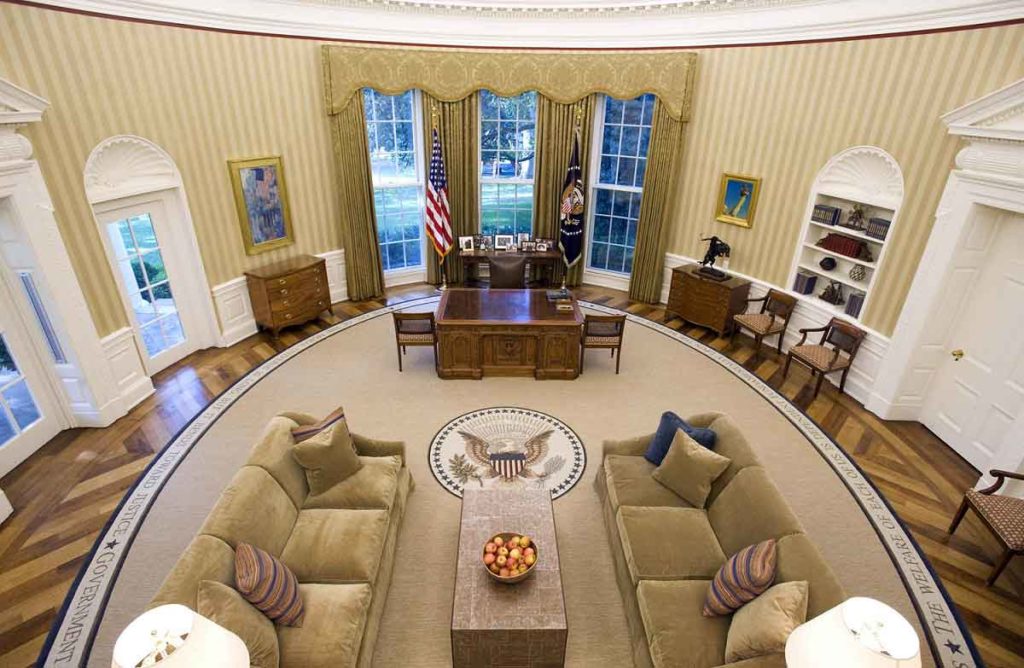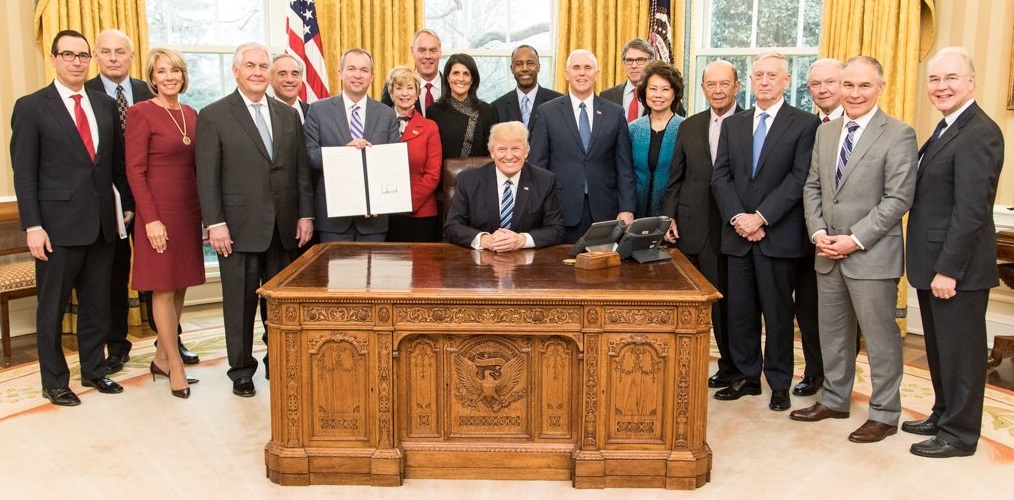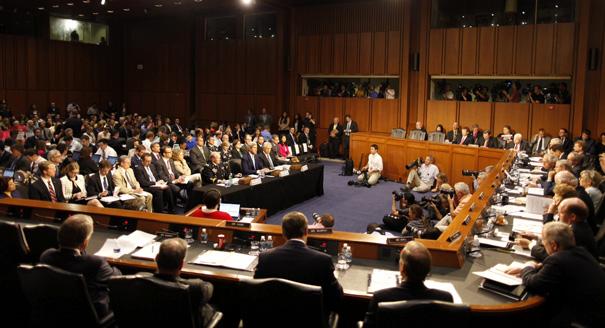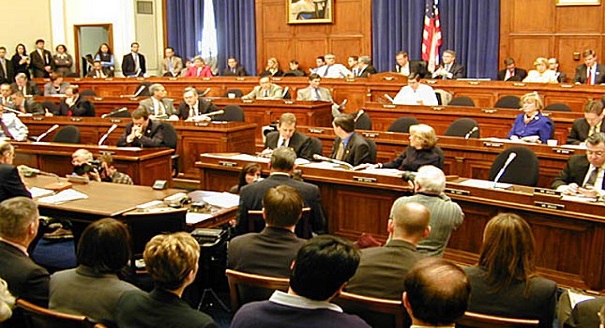White House: Home to the President of the United States and contact point for the nations administration. In addition to the menu at the top of the page, the footer contains, in terms of long ago, the switchboard list.
Cabinet: Each of the 15 executive departments - the Secretaries of Agriculture, Commerce, Defense, Education, Energy, Health and Human Services, Homeland Security, Housing and Urban Development, Interior, Labor, State, Transportation, Treasury, and Veterans Affairs, as well as the Attorney General. All federal government agencies rely significantly on consulting services to acquire expertise not present in their respective organizations. This is the normal mode of activity in response to lobbying by external organiztions to acquire services, influence actions, policies or decisions of government officials.
The two sides of an issue as depicted in opening image on government agencies and regulations are "lobbying" for an issue and, performing "consulting" services to provide the product, in the case of the health care law. 1). Lobbying efforts were performed by, essentially, the entire health care industry. and 2). Consulting services were performed by, essentially, an administration insider group, one of which has admitted misleading the public.
Consulting:
The question may arise, what is level of the federal government's use of consulting services? The response (dated: June 13 , 1988) is still at the top of the current page and reads in total as follows:
U.S. Government Accountability Office: GAO discussed the federal government's use of consultants, focusing on the nature and extent of agencies' monitoring and reporting of consultant use. GAO noted that: (1) varying interpretations and definitions of consulting services and reporting system limitations have caused agencies to understate their use of consulting services; (2) agencies' use of consultants in fiscal year 1987, reported at about $245 million, actually ranged from $4 billion to $16 billion; (3) the Office of Management and Budget's revision of guidance clarified its consulting services definition, but did not address reporting system limitations or all major procurement categories that could potentially involve consulting services; and (4) out of 19 federal agencies it reviewed, only 9 performed an annual mandatory Inspector General evaluation of consulting services."
The question may arise, what are the responsibilities of the GAO? The current response on the "About" page, in part, reads as follows:
The GAO: An independent, nonpartisan agency that works for Congress, often called the "congressional watchdog." GAO investigates how the federal government spends taxpayer dollars. Given GAO is the "congressional watchdog," what is the record of the GAO?
What GAO Found: The lead-in statement. "To operate as effectively and efficiently as possible, Congress, the administration, and federal managers must have ready access to reliable and complete financial and performance information—both for individual federal entities and for the federal government as a whole." Somewhere between 18 percent and 34 percent of total federal assets unaccounted for. Requires evaluation by the reader.
Commercial enterprises, nonprofit and not for profit entities are required to prepare internal financial reports (income statements, balance sheets, etc.) on a regular basis in preparation for tax reporting. Additionally, large and international enterprises must have outside professional auditing firms perform an independent audit of the reports for submission of their annual reports. Individual taxpayers must prepare and submit annual tax returns. Income from taxes to the federal government associated with the reporting requirements result in: 1) Commercial enterprises providing about 25% of annual tax revenue, and 2) Individual taxpayers providing about 75% of annual tax revenue.
Lobbying:
Lobbying: The relationship between lobbyists and lawmakers is complicated. On one hand, lobbyists pursue relationships with lawmakers in order to shape legislation so that it benefits clients who would be affected by new laws or regulations. On the other hand, lobbyists are frequently targeted by lawmakers as sources of campaign money, which the lobbyists feel beholden to give to improve their clients' prospects of success.
Lobbying is a very big business, and publicly marketed. However, there are hard, soft and dark money categories. Dark money, about which much is unknown, frequently refers to Political Nonprofits and Super PACs. Expenditures by lobbyists in this category are unclear as strict reporting requirements are not established or adhered-to.
Lobbying Database: In addition to campaign contributions to elected officials and candidates, companies, labor unions, and other organizations spend billions of dollars each year to lobby Congress and federal agencies. Some special interests retain lobbying firms. The total lobbying spending for 2016 was $3.12 billion, and the number of active lobbyists who actually lobbied was 11,143. Putting that in perspective, $5,522,123 was spent on lobbying per congressional representative, and the ratio was 19.72 lobbyists per representative.
Lobbying Research: Research is published by many organizations. Selecting the "Menu" on OpenSecrets
will reveal significant information. Activities and representatives donated-to can be obtained by "drilling-down" into the data. However, several additional sources are required to get a "Picture" of what the overall functions of lobbying may look like.
Long-Term Contribution Trends - Top Contributors - Money to Congress - Money In State Politics
The General Accounting Office (GAO) is unable to account for an estimated 25% of total federal assets using internal accounting records. The GAO also indicates an estimated 53% of federal agencies may not report expenditures for consulting, and the validity reports submitted may be in error. Funds expended by lobbyists are difficult to determine, as well as who the recipients are. In essence, financial reporting at the federal level is in need of significant review and change. (GAO comment)
Government agencies and elected officials at USA.GOV: Find contact information for federal, state, and local government agencies; government-related programs; and elected officials. The A-Z Index of U.S Government Agencies and more . . .


















